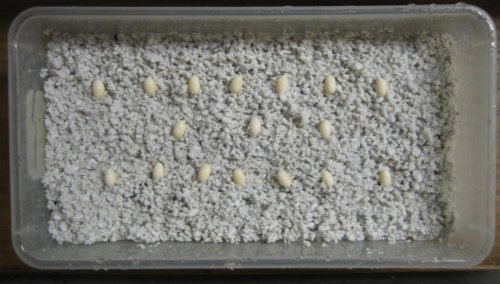Mike Fisher
Established Member
I finally had success with an indoor mating with this species. These are long term captive WC, the male has been quite restless lately. I tried several times putting him in the female's enclosure but got no interest from either of them.
This time I put her in his enclosure. That did the trick.
Hoping to get more than one clutch from her this year. Last year they mated so close to the winter cool down, I only got one clutch. 100 percent of those eggs are still going strong to hatch later this year. Probably about the same time my K. mats and T. perreti will be hatching so I'll be overrun with babies.
This time I put her in his enclosure. That did the trick.
Hoping to get more than one clutch from her this year. Last year they mated so close to the winter cool down, I only got one clutch. 100 percent of those eggs are still going strong to hatch later this year. Probably about the same time my K. mats and T. perreti will be hatching so I'll be overrun with babies.







